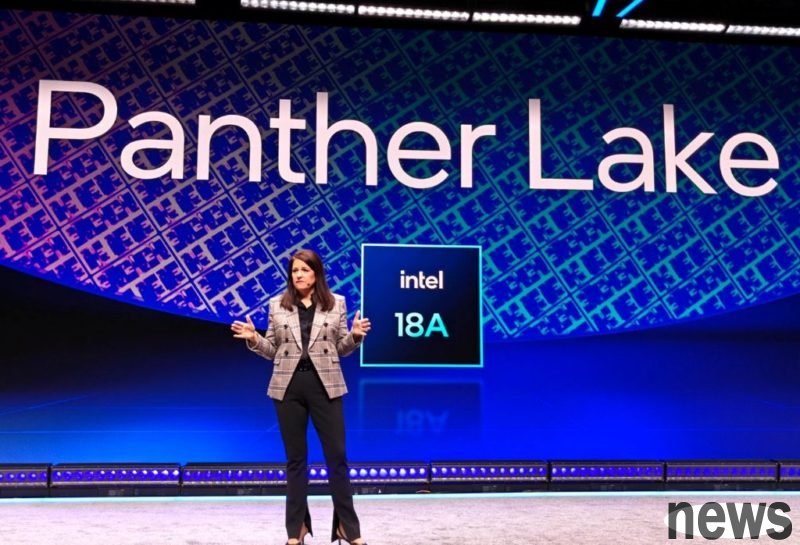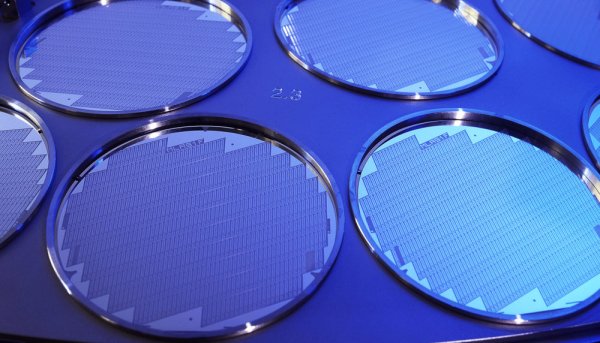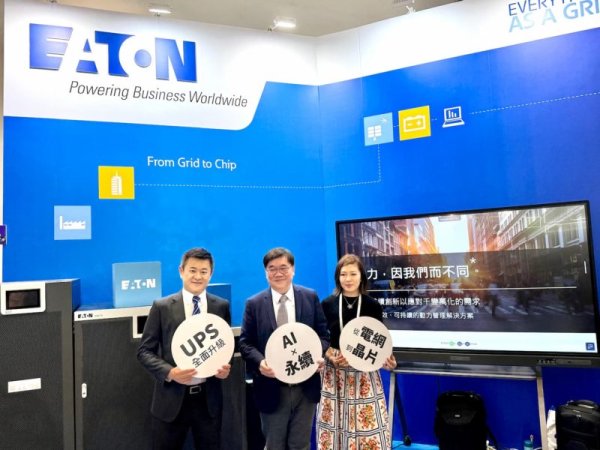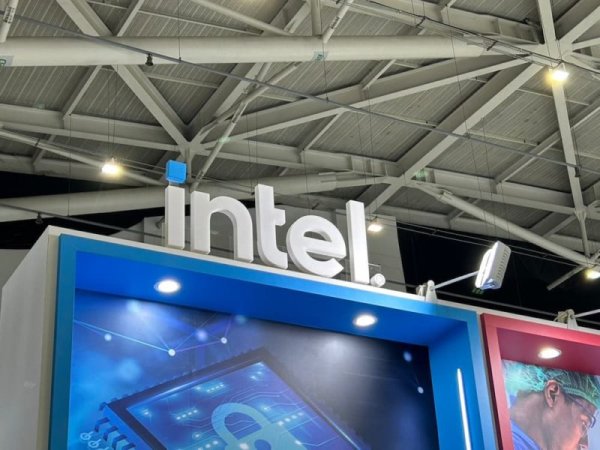Intel 18A Process debuts non-x86 SoC with NTU ARM and RISC-V customers

Intel recently launched a non-x86 architecture reference SoC for the first time in its on-site display, announcing that this stage will no longer be limited to its own processors, and will support ARM and RISC-V architectures in the future, aiming to enter the multi-chip design market.
This reference SoC adopts a seven-core hybrid architecture (performance, optimization and efficient) and integrates PCIe and controller IP from third parties to successfully execute 3D games, animation production and 4K streaming playback on site. At the same time, Intel also announced that the development tool VTune Profiler has optimized support for non-x86 SoCs to improve CPU resource utilization efficiency.
Judging from Intel's actions, its ambition is hard to just fight against Taiwan Electricity head-on for customers? Judging from the current number, the answer is almost certain. 18A's potential locking targets include Apple M series, Qualcomm Snapdragon, NVIDIA Grace CPU, etc., and these are the top customers who have been manufactured by Telco for a long time. It is no accident that these goals are chosen, as the current ARM architecture continues to rise in market share in mobile computing and high-performance applications, Apple and Qualcomm have almost no impact in the mobile processor market.
On the other hand, RISC-V, an open instruction set architecture, has also risen rapidly in recent years. With its customization and low power consumption advantages, it has successfully entered new markets such as AI accelerators, Internet of Things and edge computing. This also explains why Intel is eager to cross-platform and lay out diversified ecosystems before the next wave of non-x86 chip design is approaching, so that it can gain a place in the battle.
However, the industry generally believes that the announcement has limited practical impact on the crystal OEM industry. The real key is still the yield and stability of 18A, and Intel has not yet announced the exact data, so it is difficult to compare directly with NTN2. In addition, the company has faced multiple challenges recently, including large-scale layoffs, US President Trump's name request to remove executive director Chen Liwu, and foreign-transferred US government plans to invest, all of which show that internal operation is not ideal.
Intel is more like sending messages to the market, indicating that its processes have cross-platform capabilities and provide more options for future customers. However, whether Taiwan Power's position in the high-level chip foundry market can still be determined by the subsequent production progress, yield performance and customer adoption situations, and there is a high degree of uncertainty in the short term.
Intel Shows Its Cutting-Edge 18A Process Is Ready for Non-x86 SoCs in a Live Demo, Aiming to Attract Fables Customers Like Apple That Rely on ARM



